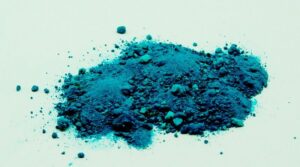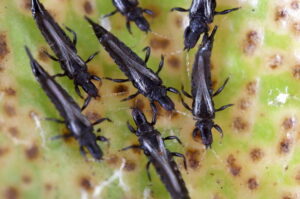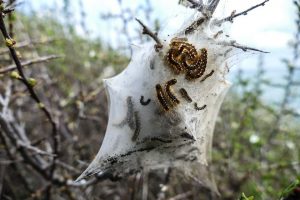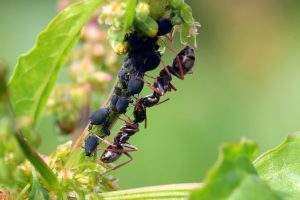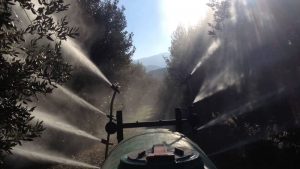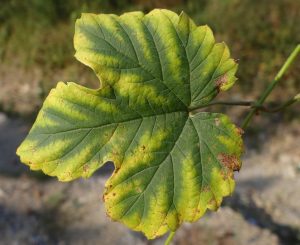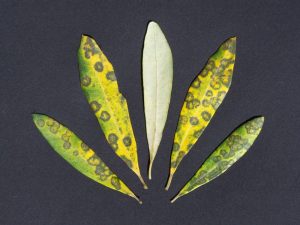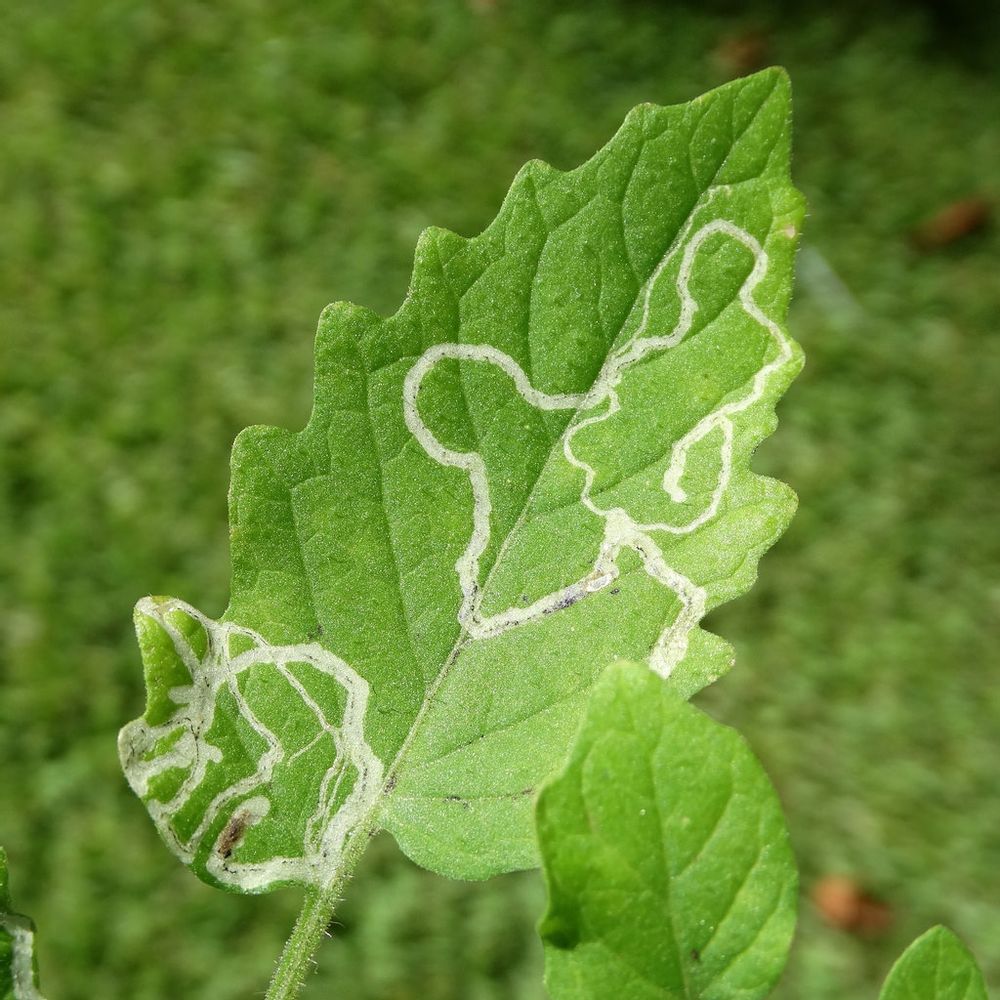
Liriomyza is a very common insect that infects a large number of vegetables and ornamental plants in our garden. Causes damage to tomatoes, eggplant, cucumbers, zucchini, melons, watermelons, potatoes, spinach, parsley and beans. The problems with the lice mite have been exacerbated by the use of a wide range of insecticides. With these applications, the populations of the natural enemies of the insect were greatly reduced, but also the liriomus developed resilience to these insecticides.
Insect description
There are four types of lizards that are common enemies:
- The liriomyza of the tomato Bryonial lioriomyza,
- the American lyromus Liriomyza trifolli,
- the lily of the valley of the pea Liriomyza huidobrensis
- and the lyromyza Liriomyza stigata.
These are very small flies (2 mm long). The wintering (winter) forms are nymphs in the ground and then ascend to the mature old leaves that are close to the ground. The nymph of the next generations is done on the leaves. The larvae are about 2 mm long and are reptiles. At a young age they are colorless, while as they approach the nymph they become yellowish. The acme (flies) are small, have a length of about 2 mm body color yellow-black and head yellow.
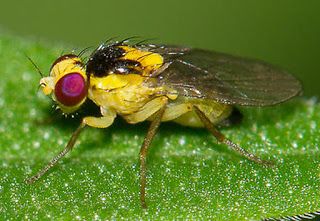
Damage it causes
The characteristic of the infestation is the serpentine galleries (something like short paths) on the leaves. The galleries are colorless at first and then acquire a yellowish color. The galleries that are created in the leaves affect the photosynthesis that takes place and the creation of fruits of the plant in which it appears. The leaves then fall due to their reduced photosynthetic activity. However, they can also cause indirect damage to plants, causing wounds on the leaves and creating gateways for other pathogens (eg fungi).
Biological treatment
1. The biological control of the lyre mouse can be done with the parasites Dacnusa sibirica, Diglyphus isaea, or a mixture of the two. The parasitic wasp Dacnusa sibirica lays an egg in the larva of the liriomyza. This larva continues to grow inside the leaf and nymphs in the soil. The parasitic wasp develops inside the pupa of the liriomiza. The parasitic wasp Diaglyphus isaea kills the larva of the lyre in the gallery and leaves an egg next to it. The egg grows inside the gallery and becomes the parasitic wasp, using the dead larva as food. The nymph is done on the leaf. When fresh food stains or new lice infestations appear, the parasites should enter as soon as possible.
With the first appearances of the galleries in the leaves or the insects in the traps we make weekly imports with a mixture Dacnusa Siberia and Diglyphus isaea in number 250 people / week / acre or alternatively added alone Diglyphus isaea 250 people / week / acre.
Also, parasitic wasps are available in 250 cc shake bottles. These allow the parasite to spread quickly and normally when necessary. Parasitic wasps must be released between the leaves. After their introduction they fly into the crop and immediately start working. After about two weeks we have parasitism.
2. Using sticky yellow traps to hang on plants is another way to reduce the existence of this insect.
3. As a precaution we can remove the infected leaves and disinfect the soil.
4. Plowing, in order to destroy the lice moth that overwinters in the soil and not to be transferred to the next crops.
